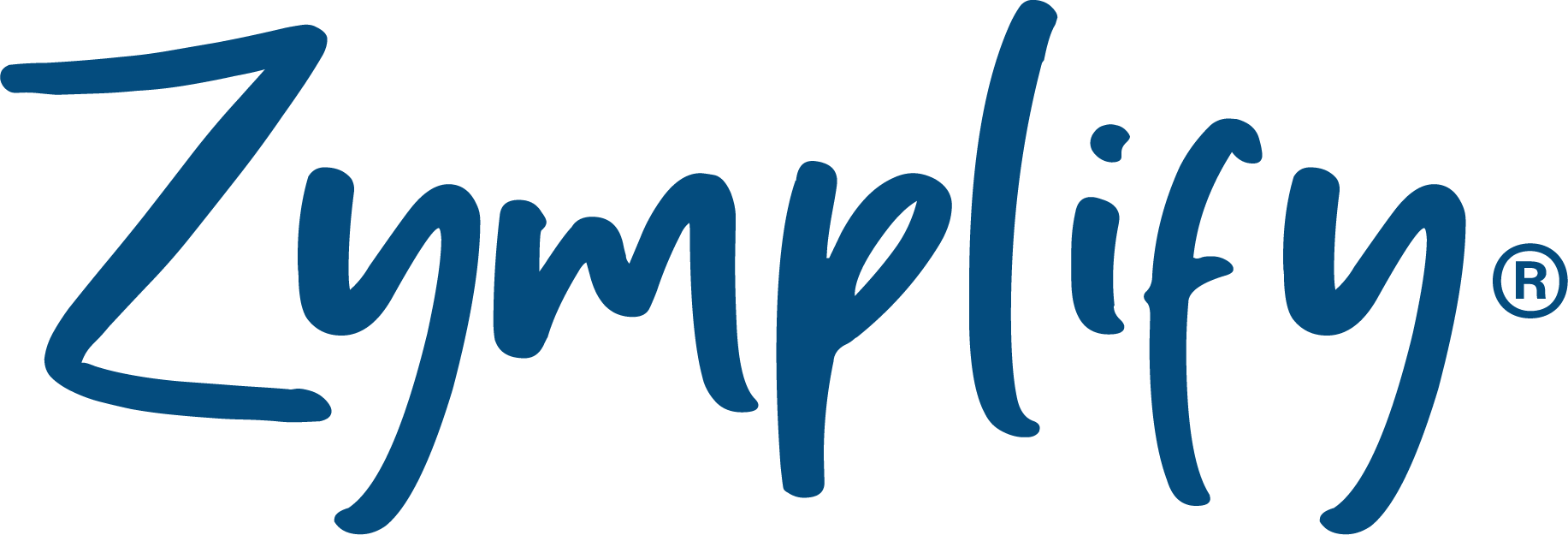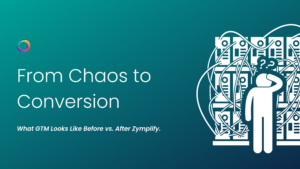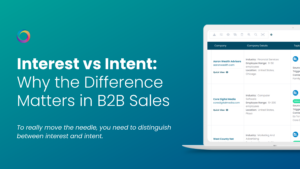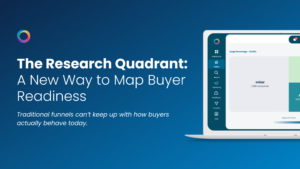Inbound marketing is considered to be one of the best ways to attract, convert and delight modern consumers. At its core, inbound marketing is about attracting potential customers and pulling them towards your brand, rather than pushing your message onto someone. An inbound strategy usually includes content creation and distribution through blogging, social media, email marketing and more. This is done to generate, nurture and convert leads into sales.
What is Content Marketing?
Content marketing is a strategic marketing approach, focused on creating and distributing valuable, relevant and consistent content to attract and retain and clearly defined audience and drive profitable customer action. Marketing is impossible without great content.
For example:
- Search engines reward businesses that publish quality, consistent content.
- Successful PPC campaigns have great content behind the ads.
- The best email campaigns use fantastic content in the email to encourage clicks and conversions.
- Good content is key to driving inbound traffic and leads.
- The best social channels use great content to drive engagement.
- Successful PR strategies address issues readers care about, not their business.
What is the difference between Content Marketing and Inbound Marketing?
In today’s marketing landscape, there are many different strategies brands can adopt. From inbound marketing to content marketing to account-based marketing, results marketing, agile marketing, influencer marketing and much, much more. To understand which is right for your business, and to know how much of each you should use, you must understand the differences, how they fit together and how they work together to deliver the results you need to grow your company.
But what really is the difference between Content Marketing and Inbound Marketing?
The simplest explanation is always the best: inbound marketing provides a complete methodology that helps companies adjust their marketing to better fit the way today’s buyers are shopping for products and services. Your prospects don’t want to be sold to – particularly if they’re not ready to buy. Inbound marketing includes tactics that help companies get found when people are looking for their product or service, as opposed to attempting to interrupt people who are not yet looking for what you’re
selling.
Inbound marketing provides a systematic approach to turning those anonymous visitors into leads and helps nurture those leads until they become sales-ready. All along the way, inbound marketing offers realtime data and insights that can be used to improve performance and results continuously.
How to use Content Marketing as part of your Inbound Marketing Strategy
As discussed above, inbound marketing is about drawing your customers to you, rather than pushing your brand outwards. This means using a combination of channels – content marketing, SEO and social media in creative ways, to drive traffic to your business through earned and owned channels. It’s also important to consider your customer journey (or sales funnel) when utilizing content marketing as part of your inbound marketing strategy. There’s no point using case studies to try and attract customers who don’t even understand their need for your prospect or service. One of the best tactics to use is to give away something for free, that is directly related to your business.
What is the funnel and how does it relate to Content Markeitng and Inbound Marketing?
By using an inbound marketing strategy, you can naturally attract the types of customer you’re looking for through carefully crafted, fresh, targeted content. This means they come to you, and it’s super useful.
The funnel is made of three main parts:
1. Top of the funnel: when the prospect doesn’t know your brand, or your product or service; perhaps they’re not even aware that they have a need.
2. Middle of the funnel: when the prospect is aware that they have a need and are in the researching phase, trying to understand their need and find solution providers.
3. Bottom of the funnel: when the prospect understands their need and is comparing solution providers. If you understand the funnel, you can fully comprehend how different types of content should be served to prospects at the right time according to the stage they’re at in the funnel.
Top of the funnel examples include:
– A like and share competition on Facebook or Instagram, to create awareness, using peer-to-peer/word-of-mouth recommendations. This will help generate likes and follows on your social channels, and it’s free advertising.
– A free guide, or an advanced guide. This is a great way to generate leads by putting the guide behind a form on a landing page, and it also promotes your business as a thought leader in your particular industry.
Middle of the funnel examples include:
– Blogs. Ensure your blog once or twice a week about topics that your prospects will be searching for information on. Focus on a few keywords that are valuable and create specific blogs that include these keywords specifically. Guests are also a powerful piece of content that can help generate even more brand awareness. Becoming a guest poster on another blog with engaged readers is also a great way to create backlinks.
– Host a webinar. Providing a free webinar or training session that encourages a customer to learn in real-time is fantastic, as it lets your prospect see your face and understand your personality.
Bottom of the funnel examples include:
– Case studies and testimonials from current clients. This type of content is a powerful way to gain peer-to-peer endorsement and shows your product or service in action and how people have benefited.
– Review sites such as Trip Advisor, G2 Crowd or Trust Pilot are fantastic places to set up a profile for your business and are a great resource to pull testimonials from for your social and website.
– Pricing comparisons are another great way to compare your product or service directly against your competitors and help do the comparison research for your prospects.
The symbolic ‘funnel’ operates like a funnel in real life, except instead of liquids we have prospects inside the funnel, and several stages to filter out potential prospects. These stages help determine the stage a prospect is within their buyer journey. By corresponding a prospect’s position to a particular stage, marketers can use the funnel to determine what content to use to push these leads down the funnel.
Top tips for using Content Marketing to drive Inbound Traffic
Naturally, more visitors mean more conversions, regardless of your current conversion rate. If you’re not dedicating time and effort towards turning your brand into an authority in your specific niche, you’re missing out. Original content helps channel potential buyers to your business. Here are some of our top tips on how to use content to drive inbound traffic:
1. CREATE COMPELLING CONTENT
It sounds fairly obvious – but it’s actually harder than it sounds. Grabbing the interest of your audience is difficult in the online world of ‘digital din’. You can’t just publish hundreds of low-quality articles and focus only on quantity, as your audience will simply switch off. Identify the role each of your pages plays in the buyer journey. There’s no reason to market your offers on the pages that are important for awareness, as the people who are looking at those pages aren’t yet interested in what you have to offer. Similarly, if you want to entice a purchase, place your demos or free trials on the pages that play a role in convincing your customer to make a purchase. In the search engine optimization game, quality trumps quantity every time – which is difficult because quality takes time. Understand your audience and what makes them tick. Look at your competitors and what works for them, then do it better. High quality, original images and videos will catch someone’s attention more than just text.
Facebook favours live videos, and Instagram’s algorithm supports accounts using IGTV. Test, and retest to see what works and what drives the most engagement through likes, clicks and CTR. Most importantly, though – be authentic.
2. REMEMBER YOUR PERSONAS
It can be tempting to adopt a ‘one-size-fits-all’ approach. However, this simply cannot be the case if you want to make a dent with your content as a part of your inbound strategy. A buyer persona is a semi-fictional representation of your ideal customer, based on data, market research and insight from your sales team. Personas help your brand understand and relate to your audience. By forensically analyzing trends, behaviours, similarities and patterns amongst your target audience, you can then create a marketing strategy built around your persona’s objectives and challenges – positioning your brand as the solution provider to their problems.
Through creating prospect-orientated marketing campaigns and content, you can show your target audience that you understand their business, their pain points and problems and this will encourage them to further engage with your business. By remembering your personas, you will have an intricate and precise stream of marketing power to hit the right person, at the right time, with the right content.
3. EVALUATE THE SUCCESS OF YOUR CONTENT WITH DATA
One of the most common misconceptions about content marketing is that by merely publishing blogs, your business will magically take off. Except in exceptional circumstances, this simply will not be the case. Smart content marketers don’t just produce excellent content – they analyze the bejesus out of it. Some marketers are happy to simply glance at the number of social shares or likes a recent post has accumulated, but will this truly help you achieve your business goals? Even the most widely shared blog post may fall short of making your business goals.
What do you want your content actually to accomplish? How will you measure it? It’s always worth remembering the old adage: how will you know when you get there if you don’t know where you’re going? Whatever you want your content to do, it’s crucial that you evaluate the performance of your content using analytics and other data-driven approaches – otherwise you can easily waste your time, effort and money on content that won’t do anything for your business.
So, what’s the secret to using content as a part of your inbound strategy? Add value. That’s the secret. If you’re not sure how you can add value through content marketing, ask your existing customers what kind of content you can produce that would be helpful to them now, or when they were looking for your product or service – they will be sure to tell you.
Find out more about Content Marketing in our upcoming webinar – Content Market like a boss.
Content is still the king, and he isn’t going anywhere.
You need to make sure you have a robust content marketing strategy in 2019, or you could be missing out on huge lead generation opportunities. It’s not good enough to ‘spray and pray’ with your content anymore. It needs to be strategic and personalised in line with your buyer personas and target segments.
- What is content marketing?
- The importance of buyer personas and segmentation
- The power of personalisation
- How to create a content marketing strategy
- Content marketing and automation



